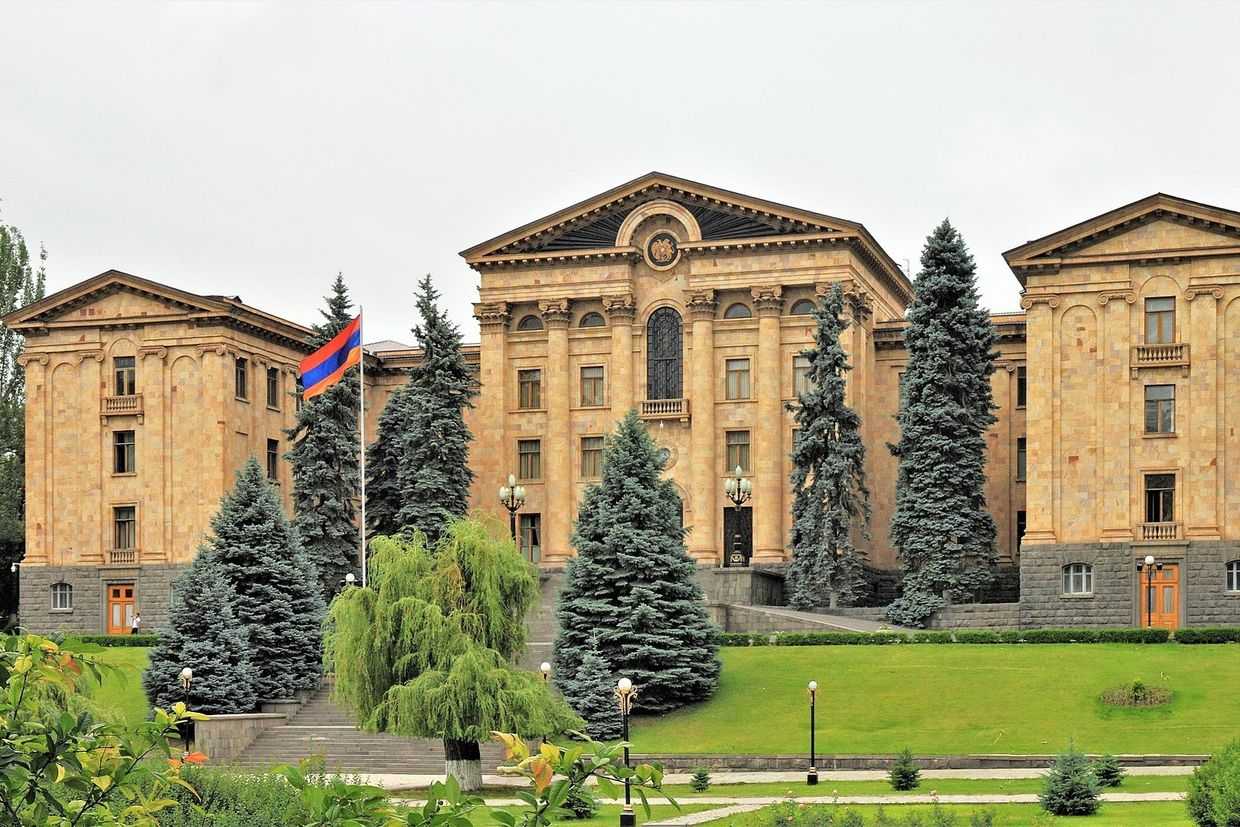
Armenian and Azerbaijani forces have continued to clash on Monday after active hostilities broke out on Sunday.
At least three Azerbaijani soldiers have been killed and another five wounded. Armenia has reported that two police officers and three soldiers were injured.
Sporadic fighting has been ongoing since Sunday afternoon between the Tavush Province of Armenia and Azerbaijan’s Tovuz District.
Both sides have blamed each other for starting the hostilities.
Azerbaijan’s Ministry of Defense claimed on Sunday that ‘from the afternoon hours’ of 12 July the Armenian armed forces ‘rudely violated the ceasefire regime’ and shelled Azerbaijan’s positions at the Azerbaijan-Armenia border in Tovuz region.
‘There are losses from both sides’, their statement reads. On Monday afternoon, they also claimed that Armenian forces fired on Azerbaijani positions in Nakhichevan.
Shushan Stepanyan, the chief spokesperson for the Ministry of Defence of Armenia, in a post on Facebook claimed that at 12:30 on Sunday, several members of the Azerbaijani armed forces in a vehicle ‘attempted to breach the state borders of the Republic of Armenia’.
Stepanyan claims that the soldiers abandoned their vehicle and returned to their positions after a ‘warning’ from the Armenian side. ‘At 13:45 Azerbaijani armed forces, using artillery fire, tried to capture our strategic position but were rebuffed with fire and suffered casualties’, Stepanyan said.
She did not admit to any losses suffered by Armenia’s armed forces.
Sabina Aliyeva, Azerbaijani Ombudsman, has also claimed that Armenian forces targetted the village of Agdam, and that ‘these actions against civilians during the COVID-19 pandemic should be assessed as a gross violation of human rights’.
There have been no reports, as of yet, of civilian casualties.
The escalation came less than a week after Azerbaijani President Ilham Aliyev expressed discontent with negotiations with Azerbaijan.
In an interview with Azerbaijani TV channels on 6 July, Aliyev said that ‘video negotiations between the foreign ministers of Armenia and Azerbaijan have no point’.
Aliyev also threatened that Azerbaijan may refuse to participate in the negotiations. ‘If negotiations are not substantive, we will not participate in them’, he said.
Military alliances
Hikmet Hajiyev, Assistant to the President of the Republic of Azerbaijan, accused Armenia of using ‘military adventures’ to try to involve ‘military-political organisations’ of which it is a member in order, ‘to avoid responsibility for the occupation and aggression against Azerbaijan’.
While he did not name any specific ‘military-political’ organisation, the only such group that Armenia is part of is the Russia-led Collective Security Treaty Organisation (CSTO). As part of the CSTO, Armenia and other member states are tied together through mutual defence obligations.
The CSTO Permanent Council will hold an extraordinary session today to discuss the escalation on the Armenian-Azerbaijani border.
Azerbaijan, meanwhile, is a signatory of treaties with Turkey which also entail mutual defence obligations.
In a statement released on 12 July Turkey condemned the escalation and stated their support for Azerbaijan ‘in its struggle to protect its territorial integrity’.
In a statement on Monday, The Russian Ministry of Foreign Affairs called the situation ‘unacceptable’ and condemned any ‘further escalation’ as it could ‘threaten the security of the region’. They added that Russia was ready to ‘provide necessary assistance to stabilise the situation’.
‘Many people would be very surprised if these kinds of clashes spiral out into a big war’, Olesya Vartanyan, Senior Analyst in the South Caucasus with the International Crisis Group told OC Media. ‘That doesn’t mean something cannot happen, say, in the Nagorno-Karabakh conflict zone.’
Vartanyan stated that the conflict was unlikely to seriously grow in intensity in its current location as the border region in which it is taking place contains valuable infrastructure, including key roads and pipelines, in both countries.
This is further compounded, she argued, by the close proximity of civilian populations to military positions and the possibility of Turkish and Russian intervention.







